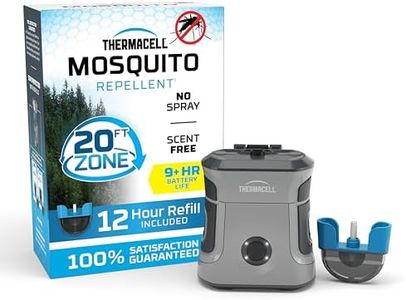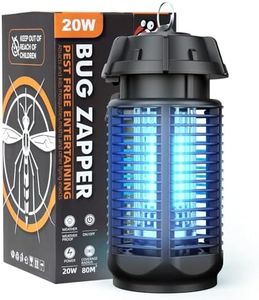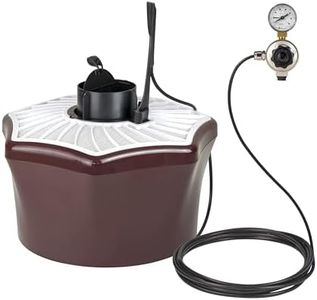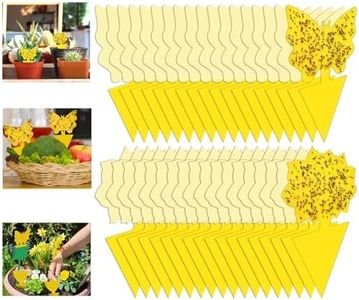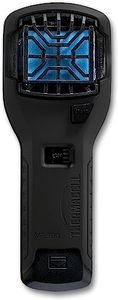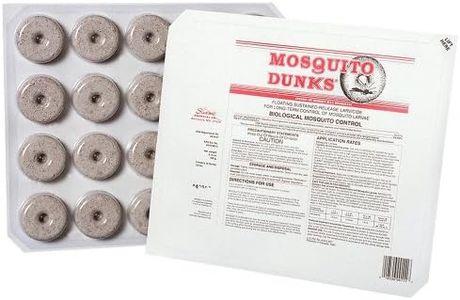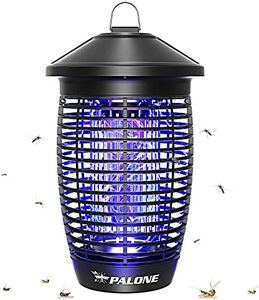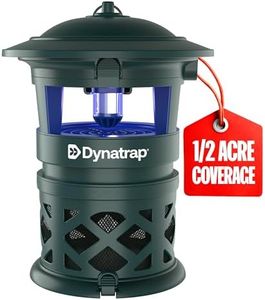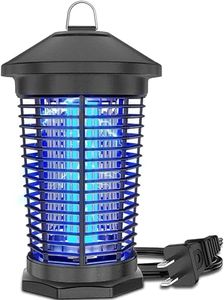We Use CookiesWe use cookies to enhance the security, performance,
functionality and for analytical and promotional activities. By continuing to browse this site you
are agreeing to our privacy policy
10 Best Mosquito Traps
From leading brands and best sellers available on the web.By clicking on a link to a third party's website, log data is shared with that third party.
Buying Guide for the Best Mosquito Traps
When you're looking to buy a mosquito trap, your goal is to find a device that reliably reduces the mosquito population in your chosen area. To do that, it's important to understand how different traps attract, capture, and retain mosquitoes. Consider where you plan to use the trap—indoors or outdoors, a small room or a large backyard. Each situation may require different features. Keep in mind that no trap will eliminate all mosquitoes, but the right one can make a big difference in your comfort and safety, especially if you live in an area with a high mosquito presence.Attraction MethodThe attraction method describes how the trap lures mosquitoes, using means like UV light, heat, carbon dioxide, or chemical attractants. This matters because different mosquito species are drawn to different cues. UV and light traps are generally effective for smaller indoor spaces, but they may not catch all types. CO2 and scent-based traps can mimic human breath or sweat and are often more effective outdoors or for larger populations. Deciding which is right for you depends on your mosquito problem: if you're facing mainly daylight biters or a variety of species, a CO2 or multi-attractant trap might be better, while a UV light-only trap is simpler and fine for less severe or indoor issues.
Coverage AreaCoverage area means the maximum space or range a mosquito trap is designed to protect, typically given in square feet or meters. Small traps often cover up to 100-300 square feet, good for bedrooms or patios, while larger units can cover 1000 square feet or more, suitable for backyards or open spaces. Choose a coverage area based on where you need protection—undersized models may be ineffective outdoors, while oversizing isn't harmful but might not be necessary for a small room.
Power SourceTraps can be powered by electricity (plugged-in), batteries, or solar energy. Plugged-in models are reliable for continuous indoor or patio use where outlets are available, battery-powered traps are more portable and suited to camping or temporary setups, and solar models offer an eco-friendly solution for sunlit outdoor spaces. Consider where and how you want to use your trap to determine which power option makes sense—fixed locations favor electric, while outdoor and travel needs point to battery or solar.
Retention MethodOnce mosquitoes are lured in, the trap needs a way to hold onto them. Retention methods include sticky boards, fans with collection chambers, water-based drowning, or electric grids. Sticky boards are silent and low-maintenance for indoor use, fan and chamber traps work well for higher volumes or outdoor setups, electric grids kill instantly but are typically noisy and best kept outside, while water-based models blend in seamlessly but may require more maintenance. If you want low noise and simple cleanup, sticky or chamber-based traps are preferable, while heavy outdoor use might call for more robust retention solutions.
Maintenance and CleaningThis refers to how often and how easy it is to clean out the dead mosquitoes and refresh attractants or sticky pads. Some traps require frequent emptying and replacement, while others can go weeks before needing attention. Smaller indoor models are generally quick and easy to maintain, while large outdoor traps may need more periodic care. Think about your willingness and ability to perform upkeep; if you prefer set-and-forget, look for traps with larger compartments or easier cleaning processes.
